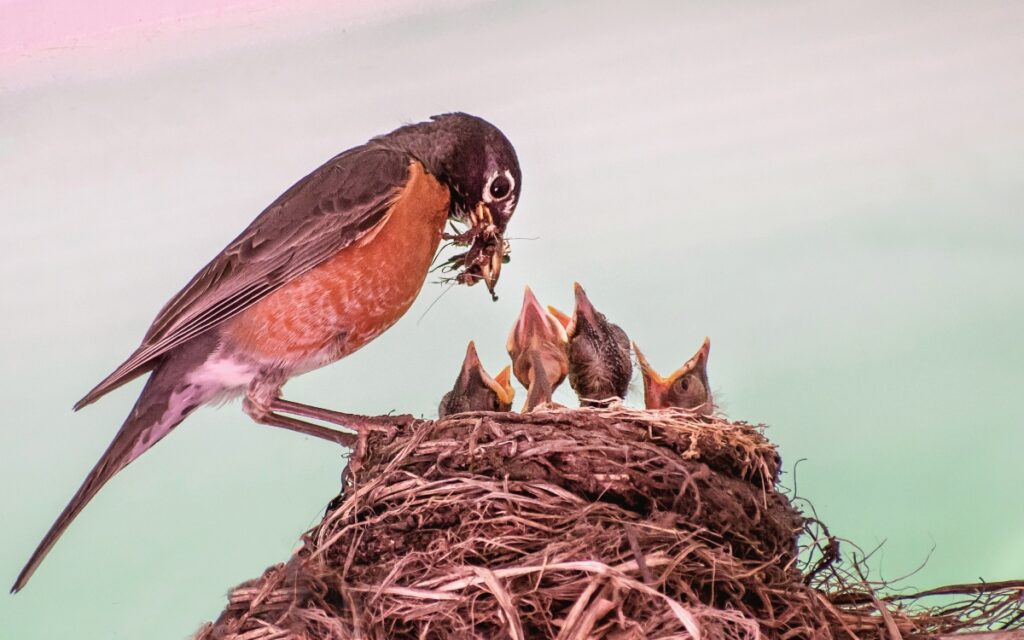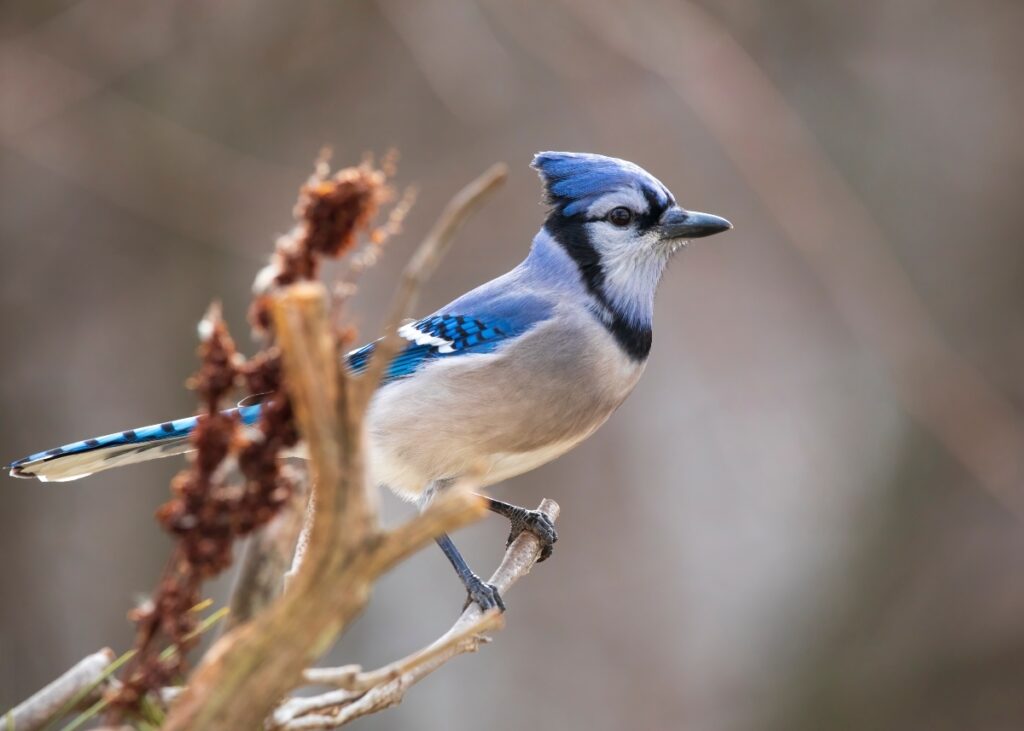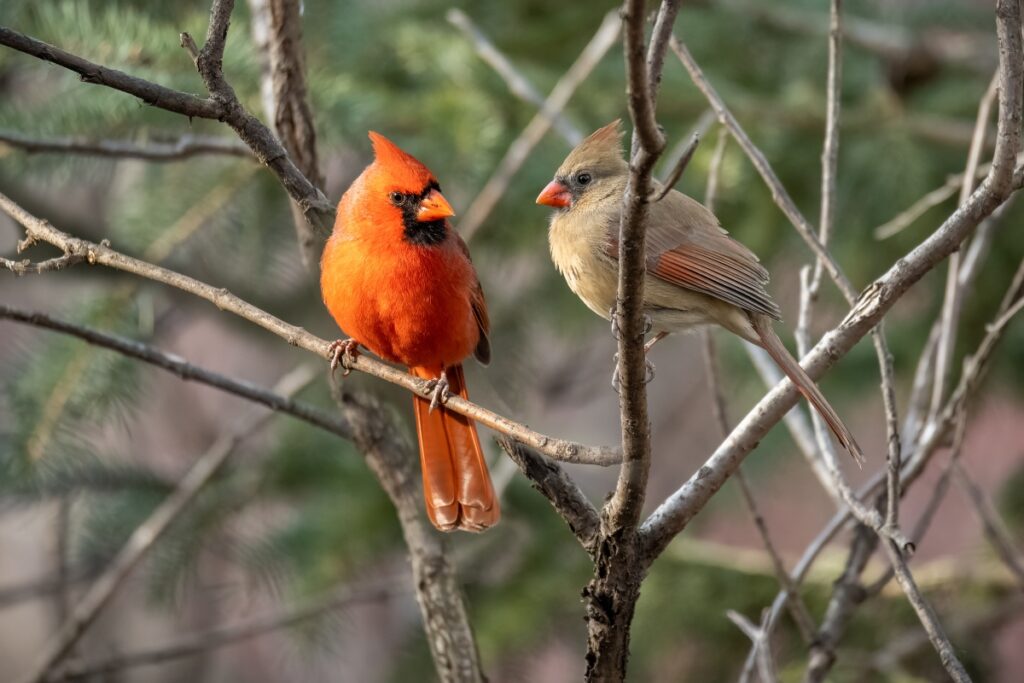Anisodactyl is the most common toe arrangement in birds, where three toes point forward and one toe points backward. This configuration provides a balanced grip. The anisodactyl arrangement helps many birds maintain balance and provides versatility in both perching and ground activities.
Example Species with Anisodactyl Feet

House Sparrow (Passer domesticus): The house sparrow uses its anisodactyl feet to perch on various structures including tree branches and wires.

American Robin (Turdus migratorius): The American robin uses its anisodactyl feet for perching on branches and other elevated surfaces.

Blue Jay (Cyanocitta cristata): The blue jay uses its anisodactyl feet for perching and holding onto food items.

Northern Cardinal (Cardinalis cardinalis): The northern cardinal employs its anisodactyl feet to grasp onto branches and feeders.